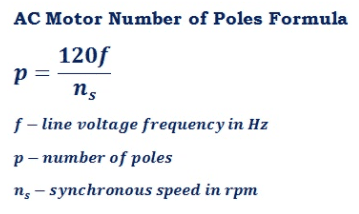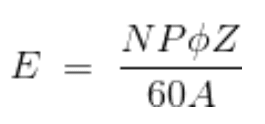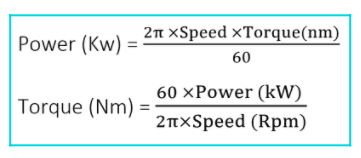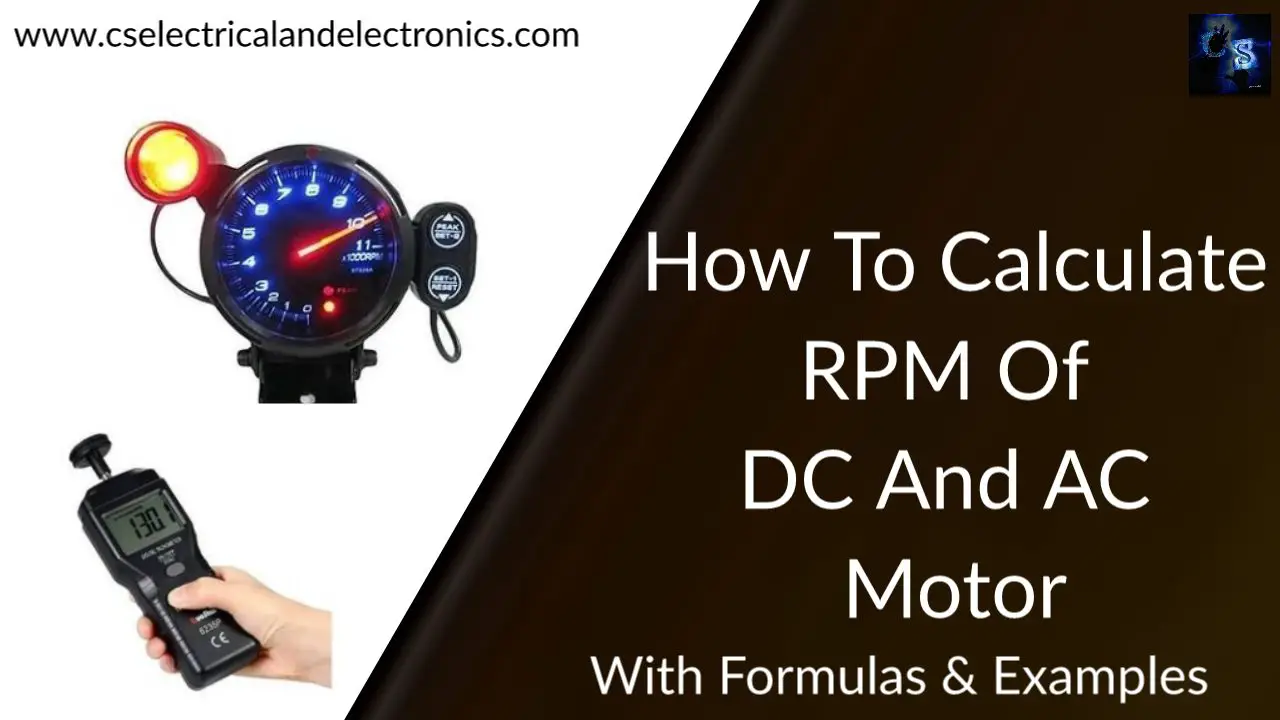How To Calculate RPM Of DC And AC Motor, Formula To Calculate RPM
Hello guys, welcome back to my blog. In this article, I will discuss how to calculate RPM of dc and ac motor, formula to calculate RPM of motor, what is RPM, why it’s important to calculate RPM, how to calculate the speed of the motor, etc.
If you have any doubts related to electrical, electronics, and computer science, then ask questions. You can also catch me on Instagram – Chetan Shidling.
Also, read:
- What Is Battery Management System, Working, Advantages Of BMS
- Top And Bottom Cell Balancing Using A Flyback Converter Balancing
- What Is IEEE, How To Publish Research Paper At IEEE, IEEE Membership
How To Calculate RPM Of DC And AC Motor
When running, monitoring, servicing, or replacing a motor, it’s necessary to know its specifications. One important measurement is revolutions per minute, or RPM, which represents the speed of a motor. In this guide, we’ll explain how to calculate the RPM of a motor and why it’s so necessary.
What Is the RPM of a Motor?
RPM is a measurement utilized to represent a motor’s speed. It stands for revolutions per minute and represents the rate at which the rotor is rotating, which is the number of times the rotor shaft makes a full rotation each minute. It can be done to measure the speed of motors, turbines, centrifuges, conveyors, and other devices.
Why It’s Important to Calculate RPM
Measuring motor RPM, as well as other quantities like torque, voltage, and power is necessary when choosing a motor for a given application. Calculating motor speed can help you pick the right kind of motor while replacing components and help you get better repair decisions. You also require to know RPM to control and monitor motor operation efficiently.
How to Calculate AC Motor RPM
To determine RPM for an AC induction motor, you multiply the frequency in Hertz (Hz) by 60 — for the number of seconds in a minute — by two for the negative and positive pulses in a cycle. Yourself then divide by the number of poles the motor has:
- (Hz x 60 x 2) / number of poles = no-load RPM

AC Motor RPM Calculation Examples
Let’s take a look at some cases. For an AC motor, the number of poles and the frequency determine the no-load RPM. For a 60 Hz system with four poles, the calculations to discover RPM would be:
- (Hz x 60 x 2) / number of poles = no-load RPM
- (60 x 60 x 2) / 4
- 7,200 / 4 = 1,800 RPM
How to Calculate DC Motor RPM
The emf equation of DC motor is given by

Here, N = speed of rotation in rpm. P = number of poles. A = number of parallel paths. Z = total no. conductors in the armature.

This was about how to calculate RPM of dc and ac motor. I hope this article ” How To Calculate RPM Of DC And AC Motor ” may help you all a lot. Thank you for reading.
Also, read:
- 10 Tips To Maintain Battery For Long Life, Battery Maintainance
- 10 Tips To Save Electricity Bills, Save Money By Saving Electricity
- 100 (AI) Artificial Intelligence Applications In The Automotive Industry
- 100 + Electrical Engineering Projects For Students, Engineers
- 1000+ Automotive Interview Questions With Answers
- 1000+ Control System Quiz, Top MCQ On Control System
- 1000+ Electrical Machines Quiz, Top MCQs On Electrical Machines
- 1000+ Electronics Projects For Engineers, Diploma, MTech Students

